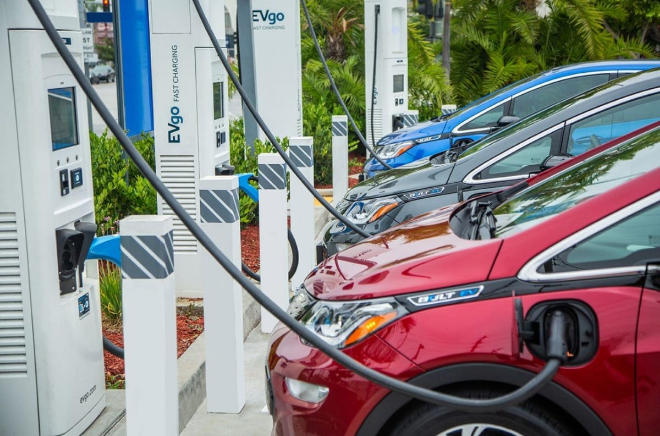Robin Zeng, chairman of Contemporary Amperex Technology Co Ltd (CATL), a battery manufacturing heavyweight, said that the company is commercially launching lithium-free sodium-ion (Na-ion) batteries.
The Nindge, China-based manufacturer said its newest product ticks all the boxes for modern customer requirements. For starters, the battery reportedly shows a high energy density of 160 Wh/kg. That is a little short of the 200 Wh/kg achieved by the LFP devices CATL ships for Tesla. Zeng has already suggested the second generation of Na-ion batteries will reach the 200 Wh/kg mark. Modern NMC-811 devices show energy densities more in the region of 300 Wh/kg.
However, the sodium-ion product is apparently not lagging in its other electrochemical properties, and can reportedly charge to 80% in 15 minutes. On top of that comes the fact the battery is said to be working well in low temperatures. At -20 degrees Celsius, the Na-ion device retains 90% of its nameplate capacity, according to its manufacturer. Also, in terms of thermal stability, Chinese company CATL says its new product exceeds national standards.
First application
CATL will use the first generation of the batteries to address the electric vehicle (EV) market and has highlighted key features such as its low-temperature performance, which would render it suitable for automotive markets with severe winters. CATL will initially roll out battery packs for EVs that combine sodium-ion and lithium-ion batteries, to compensate for the shortage of energy density. To achieve this, CATL has also developed a battery management system.
The lower energy of the sodium-ion cells suggests that the technology may be more suited for stationary energy storage applications, which are less restrictive, said Wood Mackenzie research analyst Max Reid. He said the unveiling of battery packs combining both sodium-ion and lithium-ion cells could point towards compromise in performance for low-cost electric vehicles, “with the potential to disrupt the mass market.”






